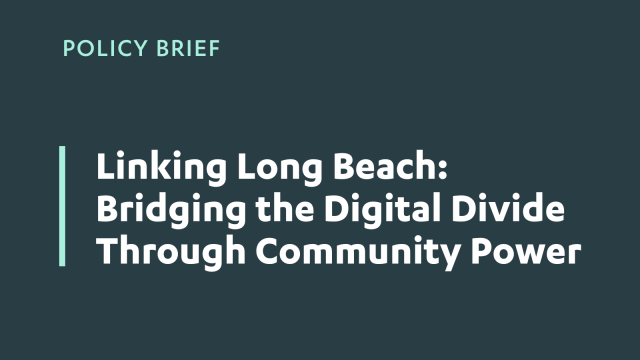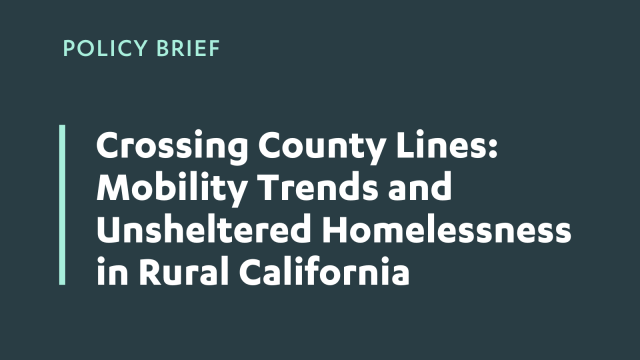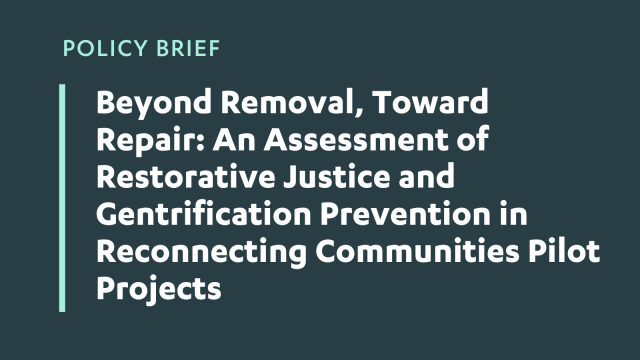Evacuation Patterns, Health Risks, and Mobility Strategies Among Transit Riders in the 2025 L.A. Fires
Madeline Brozen | Sang-O Kim | Amy Lee | Sarah Dennis-Bauer | Tara Goddard | Sarah Grajdura | Ryan G. Miller | Matthew Palm
Fast-moving wildfires pose significant challenges to evacuation, especially for transportation-insecure households with limited access to personal vehicles. The January 2025 Los Angeles fires marked a rare and alarming shift in wildfire events: blazes spread into highly populated urban areas across Los Angeles County, forcing tens of thousands of residents in the Pacific Palisades, Altadena, and parts of Hollywood communities to flee with little notice. Smoke from the fires created widespread health risks, especially for transit riders and people with preexisting health conditions. Yet because no-notice wildfire events have seldom struck urban areas, little is known about how people without reliable access to vehicles evacuate — or the health challenges they face when doing so.
In response, this policy brief highlights key findings from a survey conducted through the Transit app in February 2025, collected among transit riders who did and did not evacuate. By centering the experiences of Los Angeles’s transit-riding populations amid unprecedented wildfire smoke and mobility disruptions, the findings offer urgent evidence to inform equitable, health‑conscious emergency and evacuation planning for cities across the United States facing future climate-exacerbated wildfire threats.



